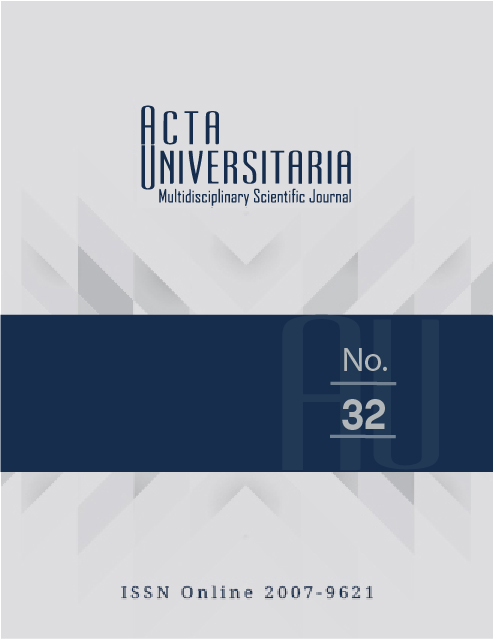Theoretical determination of the function of the large conductance Ca2+-activated K+ channel / inositol triphosphate complex (BK/IP3-R) under two conditions of epileptic activity
Published 2022-03-30
How to Cite
Abstract
Currently, epileptogenic processes are studied at two levels: neural networks and intrinsic properties of the neuron. However, little is known about the cellular mechanisms that determine the cessation of the epileptic activity in neurons. In this work, the role of the BK/IP3-R complex is proposed as part of one of these mechanisms. To prove it, a theoretical study was carried out. Two simulators of epileptogenesis were developed in a silent neuron: (1) by mutation of the voltage-gated sodium channel (NaV 1.2), and (2) by increase of external K+. Under these conditions the BK/IP3-R complex blocked epileptic activity in the neuron with muted NaV 1.2 and blocked or caused a pause of status epilepticus in the high external K+ neuron. These results confirm a possible mechanism of protection of the BK/IP3-R complex in abnormal conditions such as epilepsy. Its efficacy could vary significantly depending on the type of epilepsy.


